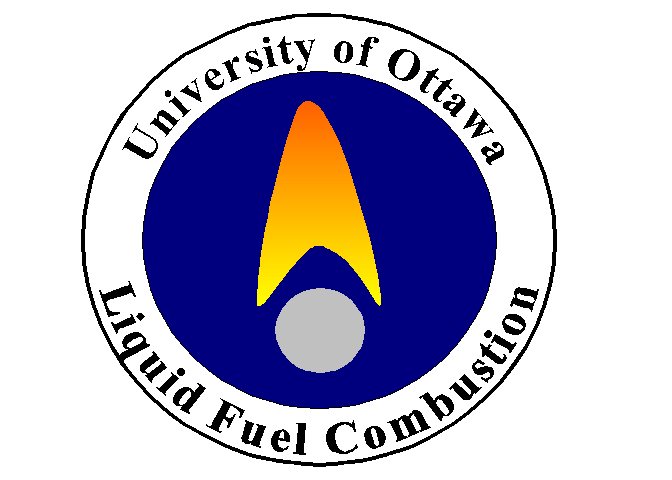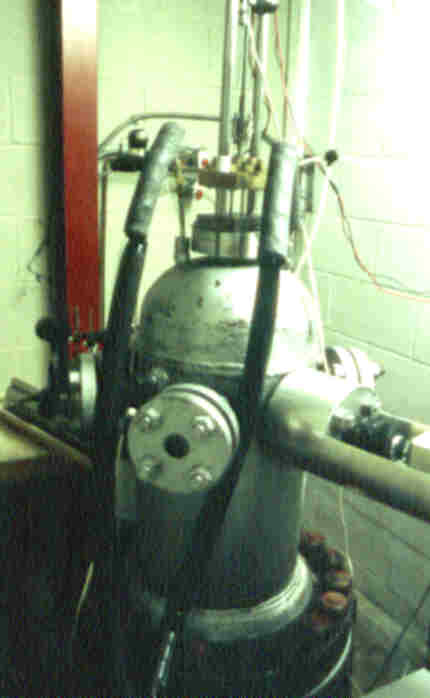 Liquid Fuel Combustion:
Liquid Fuel Combustion: Liquid Fuel Combustion:
Liquid Fuel Combustion:
Ignition of Droplets at High Pressure
Dr. W. Hallett
Liquid fuel combustion often takes place at high pressure: Diesels operate at pressures in excess of 50 atm, while modern aircraft gas turbines run at 30 atm and higher. These pressures exceed the thermodynamic critical pressures of most hydrocarbons, so that there is a possibility that fuel droplets will approach or pass the critical state as they heat up and evaporate. Even if the droplets don't become supercritical, air begins to dissolve in the liquid, and the behaviour of liquid and vapour become increasingly non-ideal as pressures rise. The relatively simple models that are used to describe droplet evaporation at low pressures then become increasingly inaccurate.
 To model this behaviour requires the use of an equation of state
to describe vapour-liquid equilibrium (VLE) and the liquid phase
as well as high-pressure corrections to transport properties. We
produced a numerical model for high-pressure ignition a number
of years ago, using the Peng-Robinson equation of state for VLE.
We are presently working on a model for the evaporation of
complex mixtures at high pressure by applying the technique of
continuous thermodynamics to the equation of state.
To model this behaviour requires the use of an equation of state
to describe vapour-liquid equilibrium (VLE) and the liquid phase
as well as high-pressure corrections to transport properties. We
produced a numerical model for high-pressure ignition a number
of years ago, using the Peng-Robinson equation of state for VLE.
We are presently working on a model for the evaporation of
complex mixtures at high pressure by applying the technique of
continuous thermodynamics to the equation of state.
We have also carried out experiments on ignition at high pressure. The facility used for this work is a pressure chamber with a movable electric furnace inside. A single fuel droplet is mounted on a quarz fibre inside the chamber using a specially designed fuel injector, and the furnace is then moved over the droplet to start the ignition process. All functions are remotely controlled, and the process is observed through a video camera.
Return to Dr. Hallett's home page
Last update:September 1999